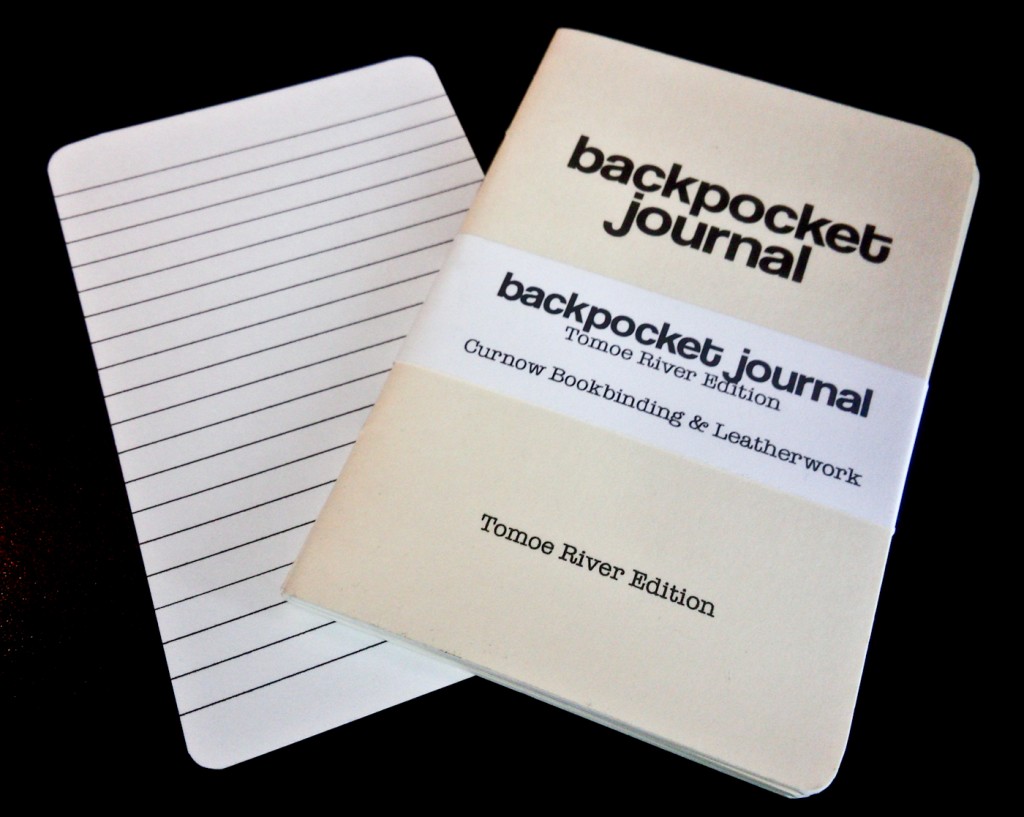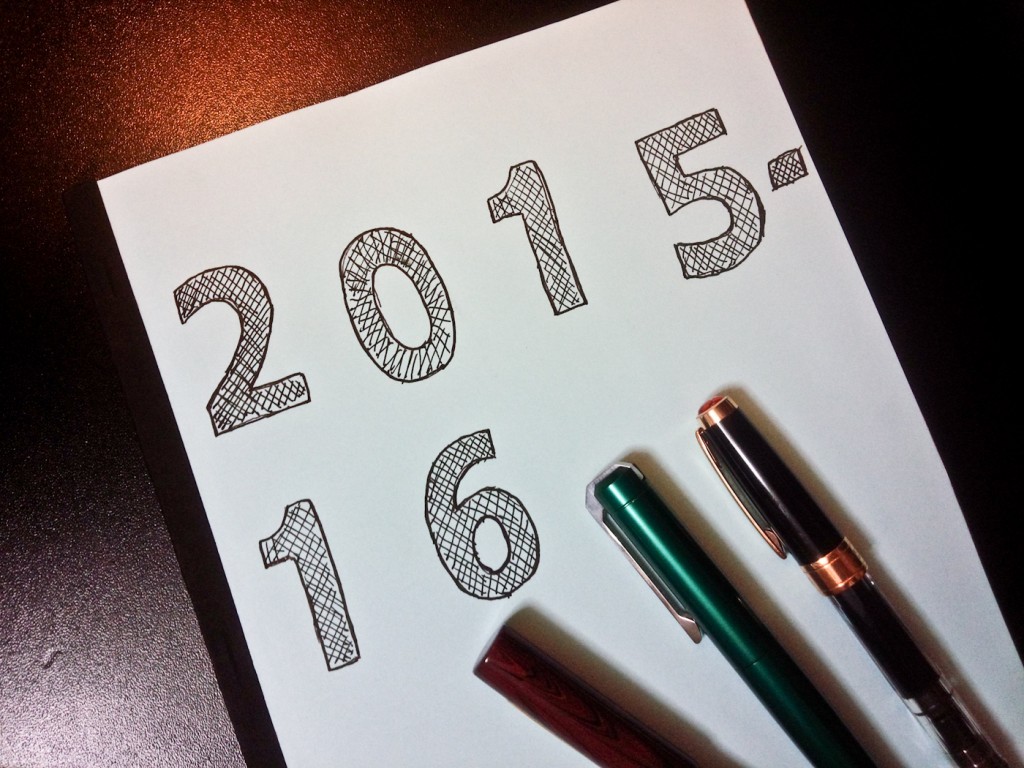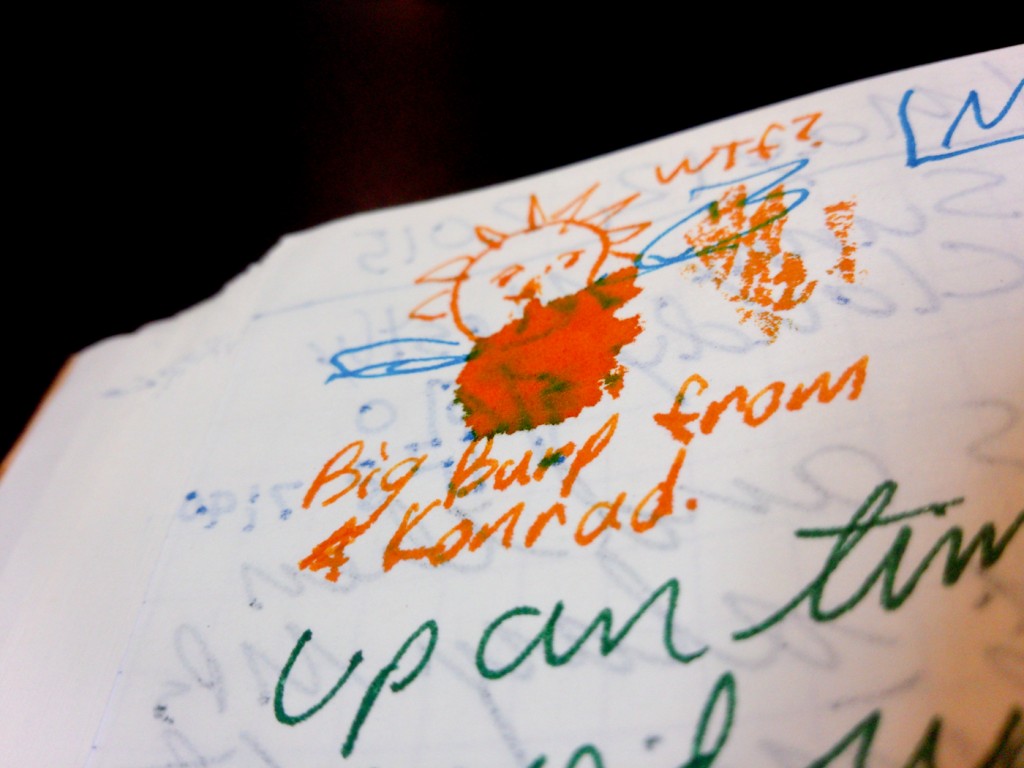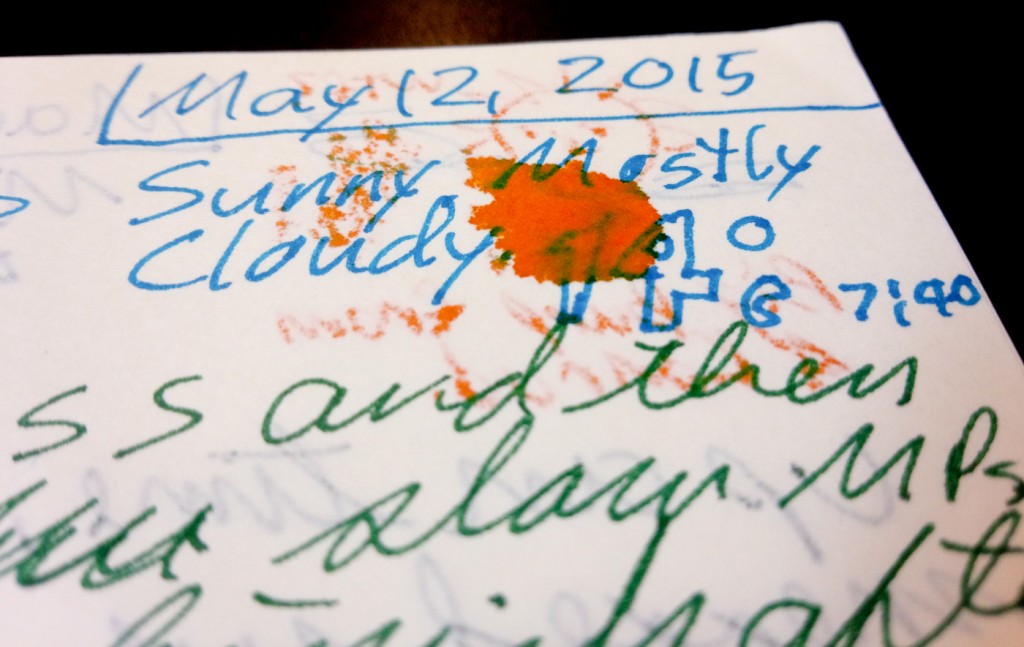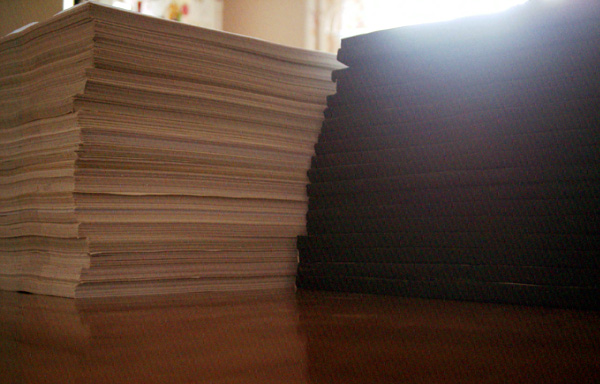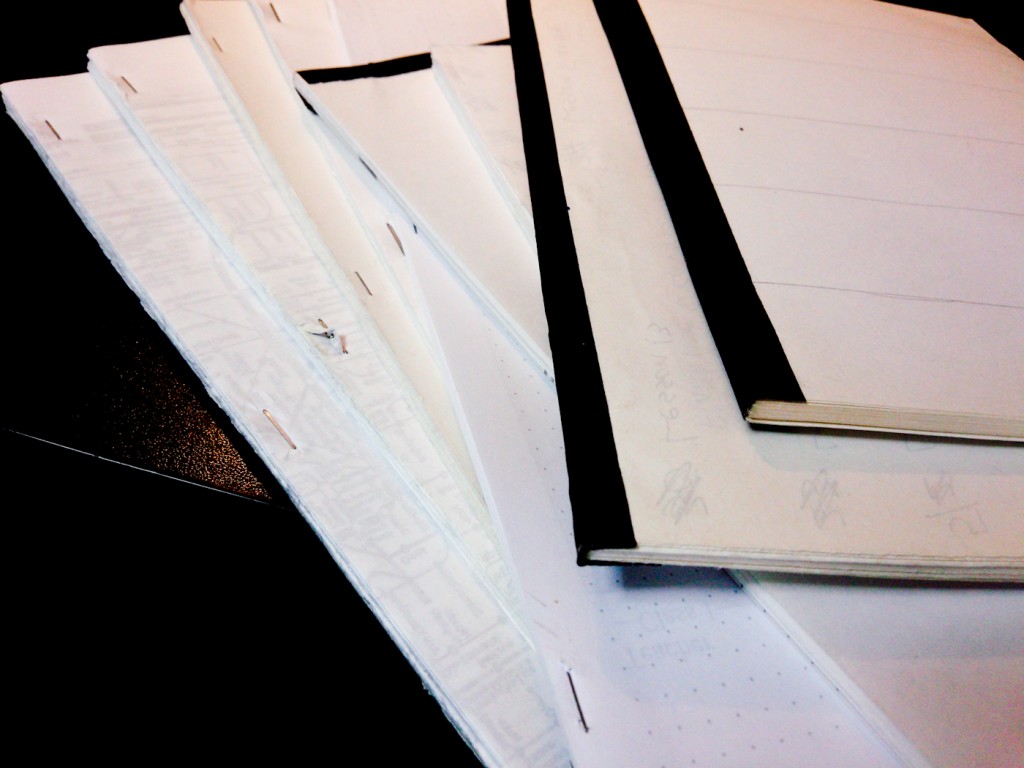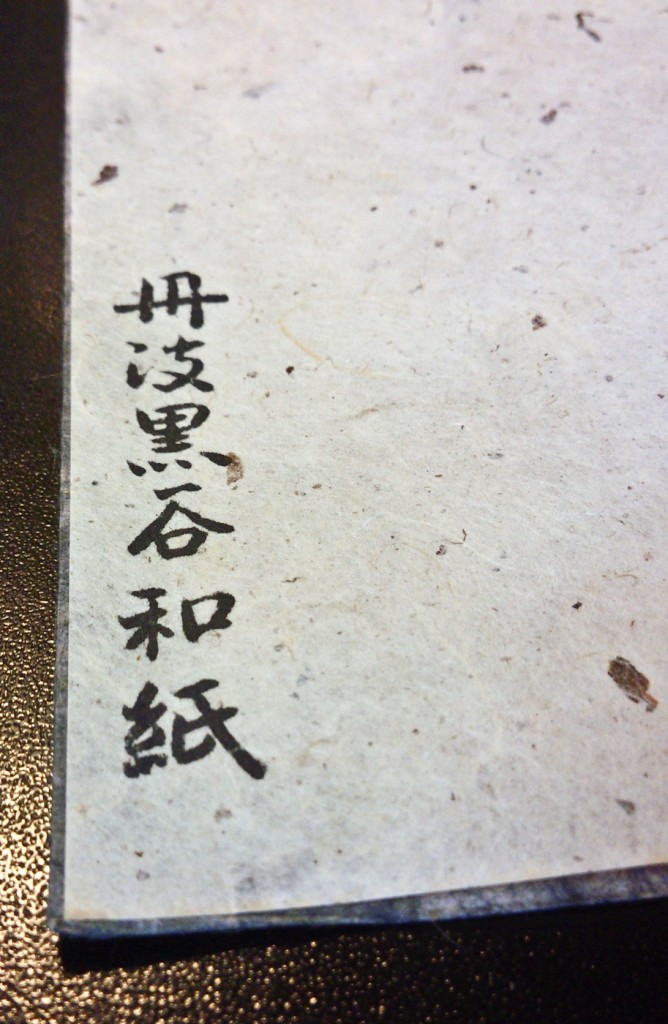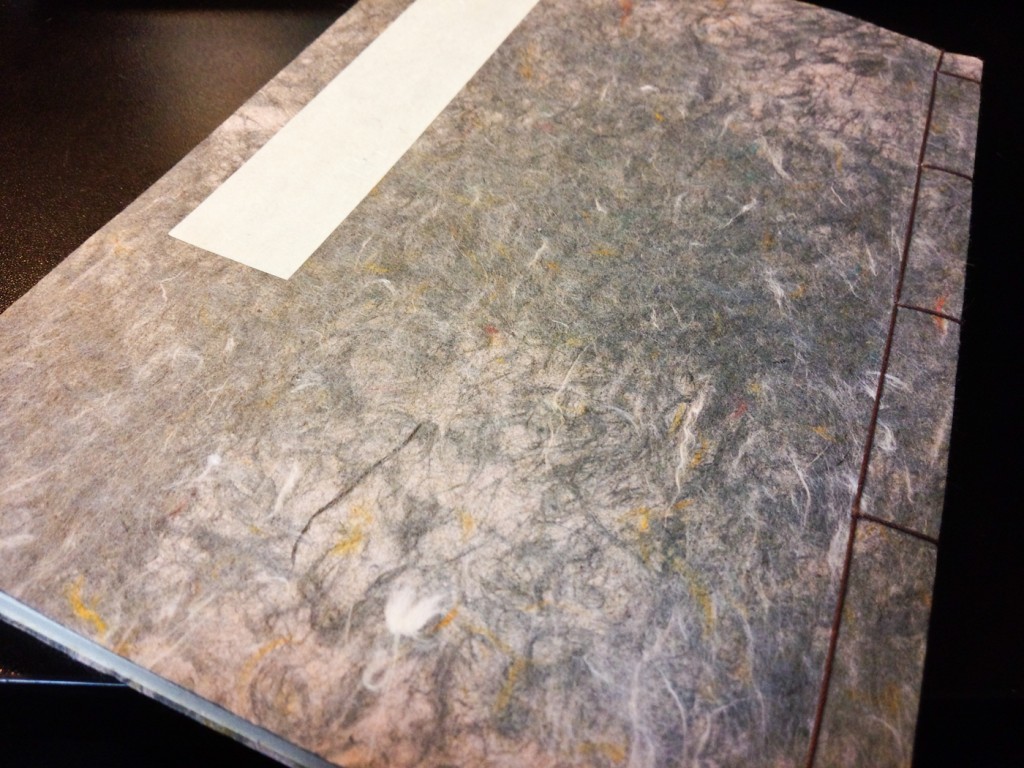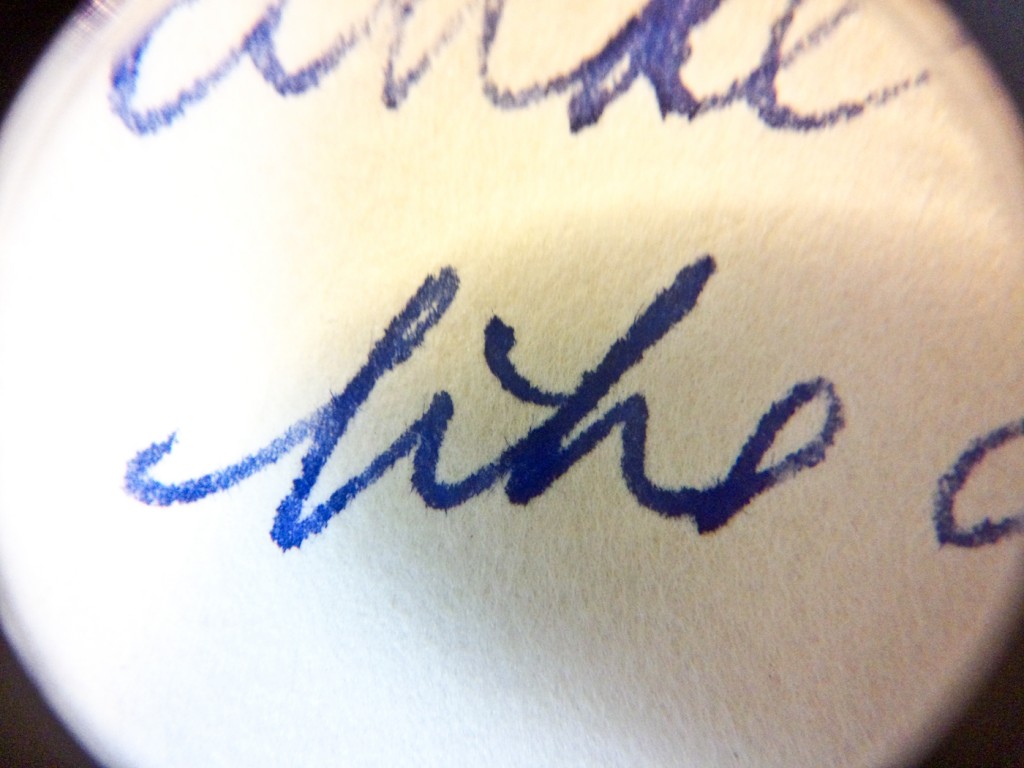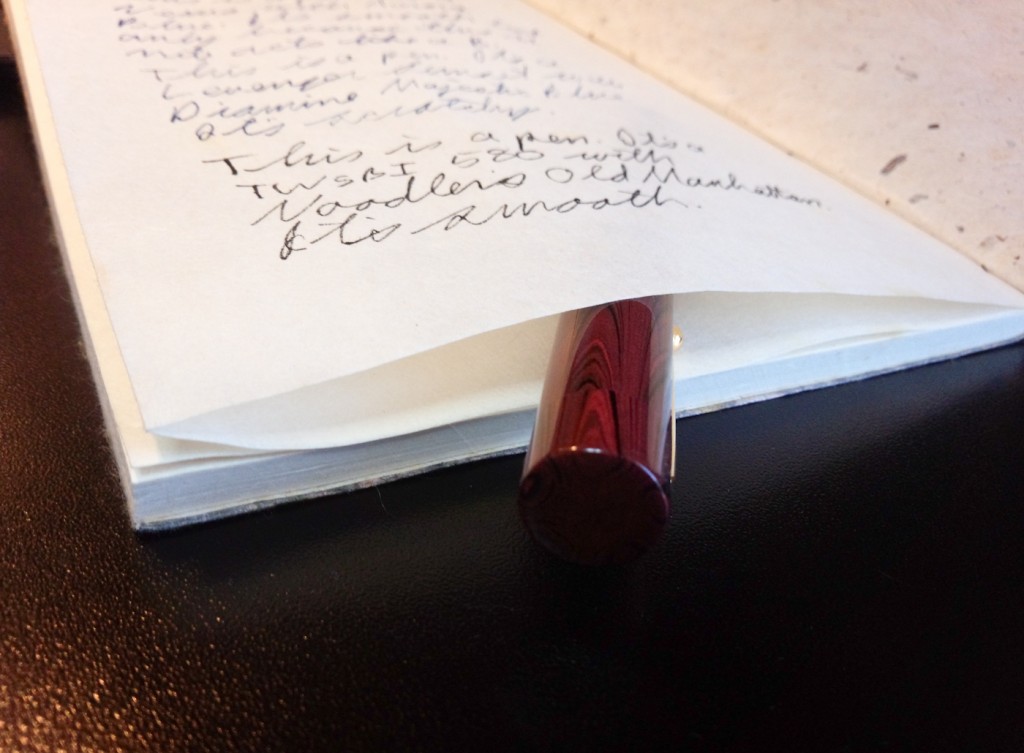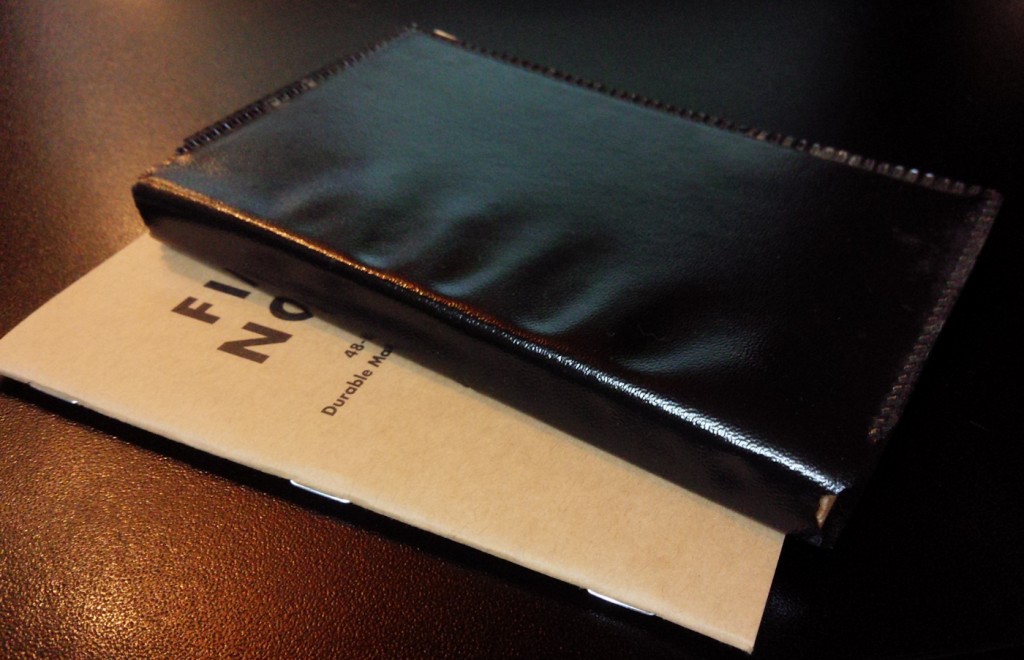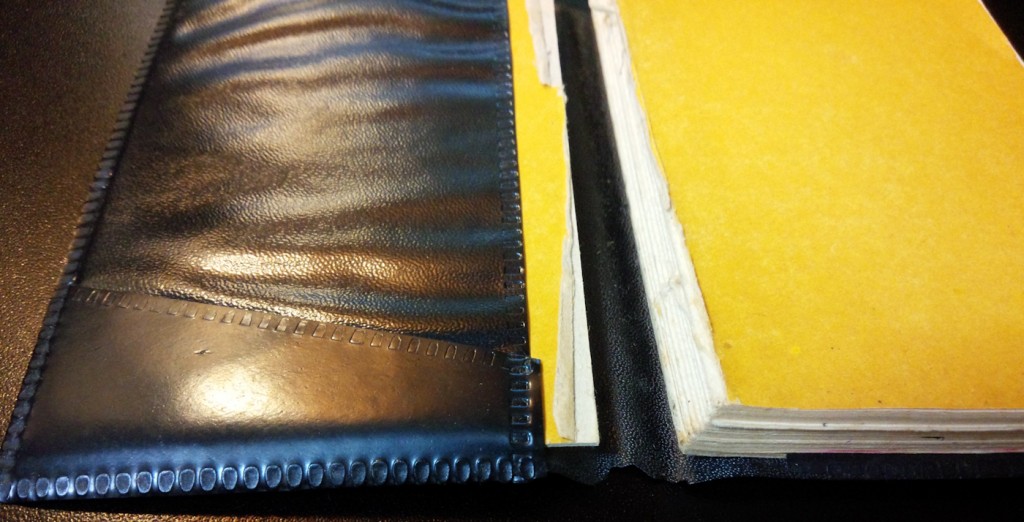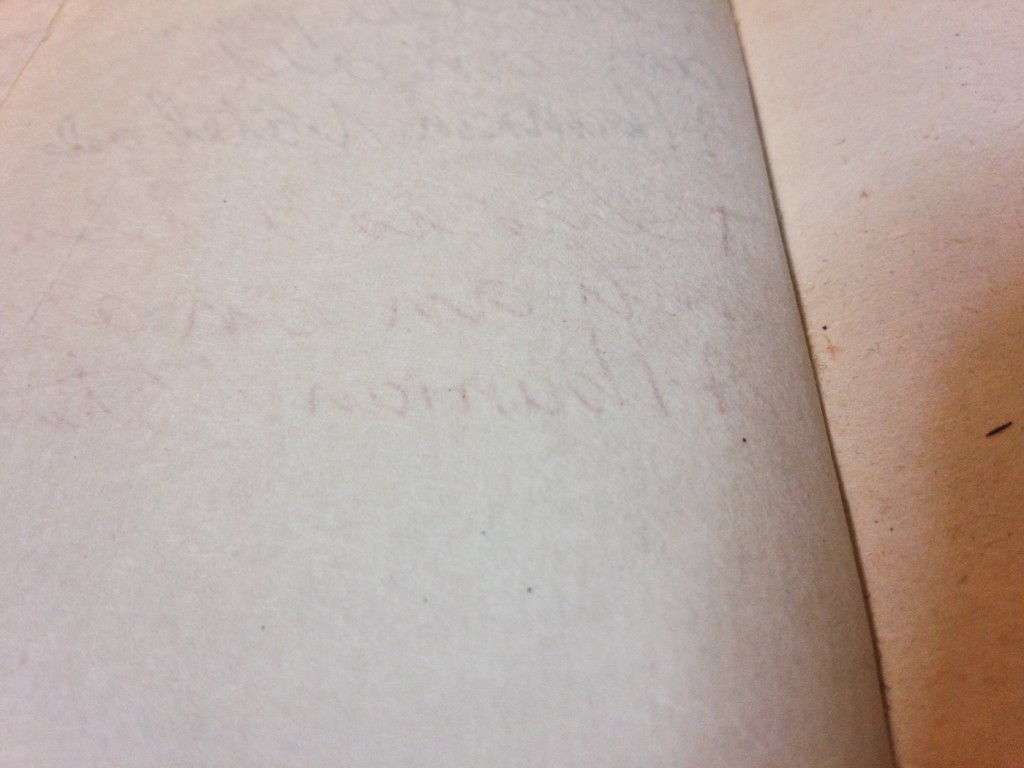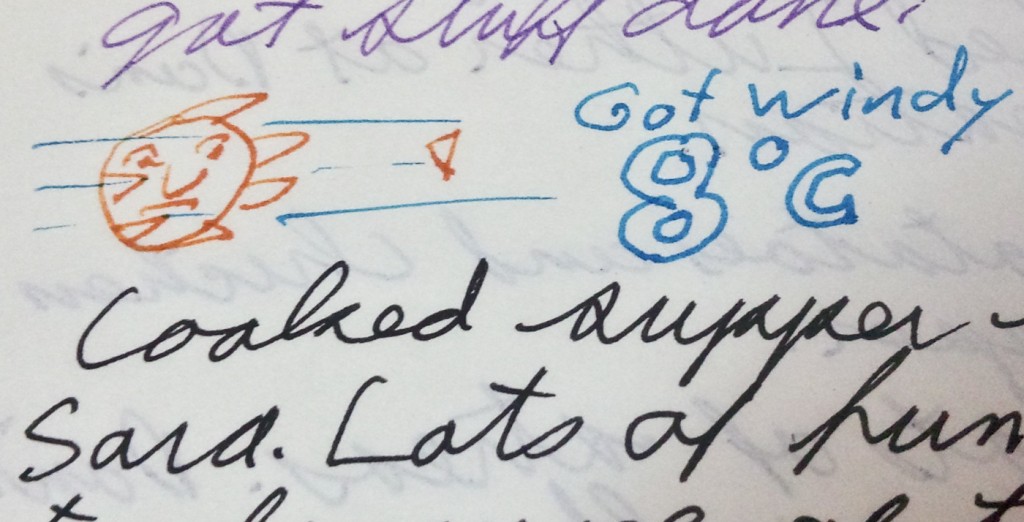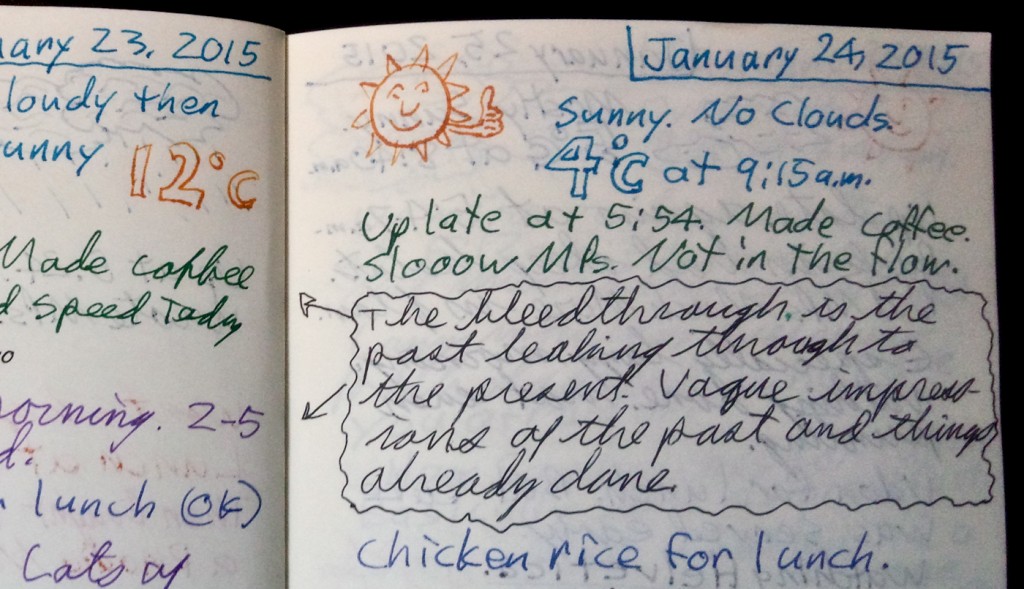I don’t remember where I heard about Curnow Bookbinding and Leatherwork’s Backpocket Journals, but once I did, I ordered a few packs of their Tomoe River editions. That was the first problem.
Curnow seems to be a casually run business that generally only sells stuff that’s available (it apparently will take special orders, though) and does so through an oddly complicated process:
They announce what’s available.
You email them and tell them what you want.
They tell you the price including shipping.
You respond and agree to the price.
They send you a PayPal invoice.
You pay.
They send you notebooks.

It took a few extra steps, but they arrived with no problems. Each order has three notebooks and a lined insert.
Once this process is over, you end up with three well made notebooks. Backpocket Journals are 3.5 inches (8.89 cm) by 5.25 inches (13.36 cm). This puts them halfway between a passport and a Field Notes notebook. The ones I ordered had rounded corners and cream card stock covers. They have sewn bindings that hold 48 pages of unlined fountain pen friendly Tomoe River paper).
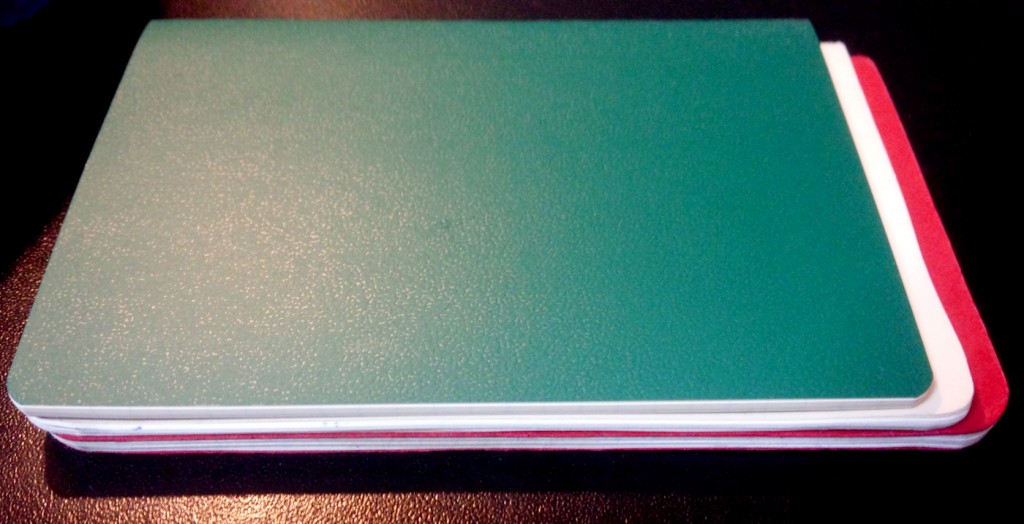
A Backpocket Journal sandwiched between a passport sized MUJI notebook (top) and a Field Notes notebook (bottom).
The Tomoe River paper makes the notebook thinner and flimsier than a Field Notes notebook. At first I was unimpressed because, although they are gorgeous, the Backpockets feel too flimsy to last. The one I used, though, survived over a month in my pocket and my bag with few problems. The only visible signs of wear were some wrinkles, black scuff marks on the cream card stock paper and small tears around the holes for the binding thread. The thinness makes them well suited for backpockets as they conform to any shape back end.
Only perfectionist fountain pen users will dislike the paper. There is the typical ghosting that comes with Tomoe River paper, but only Noodler’s Apache Sunset managed to bleed through, although it didn’t mark the following page. Curnow includes a lined card to serve as backing. I personally never used this as it was just something else to carry, but it does provide a good book mark and adds just a touch of rigidity to the notebook when you’re writing without a hard surface.
I like them a lot and will add them to my rotation of notebooks (I’m using about one a month now) but I’m not sure I’ll get any more, especially as I already have a lot of pocket sized notebooks. I would like to try one of the regular edition Backpocket Journals to see how it holds up, but we’ll see.

